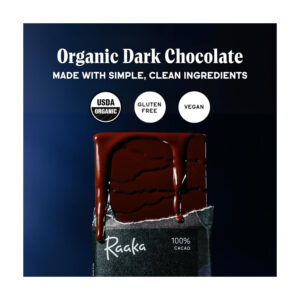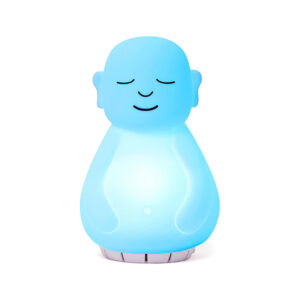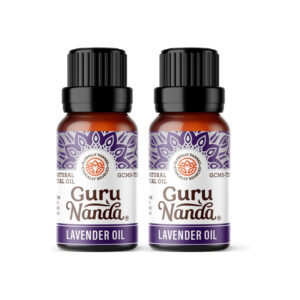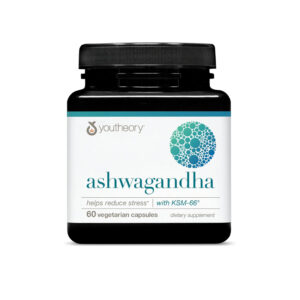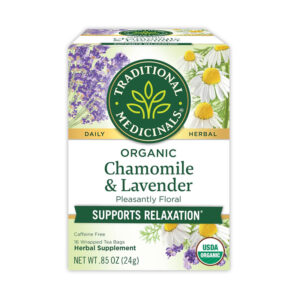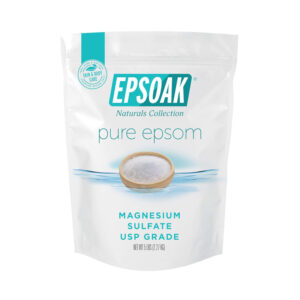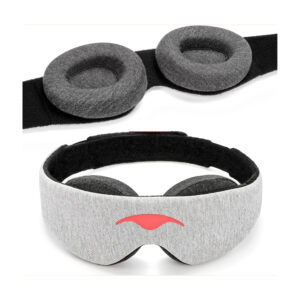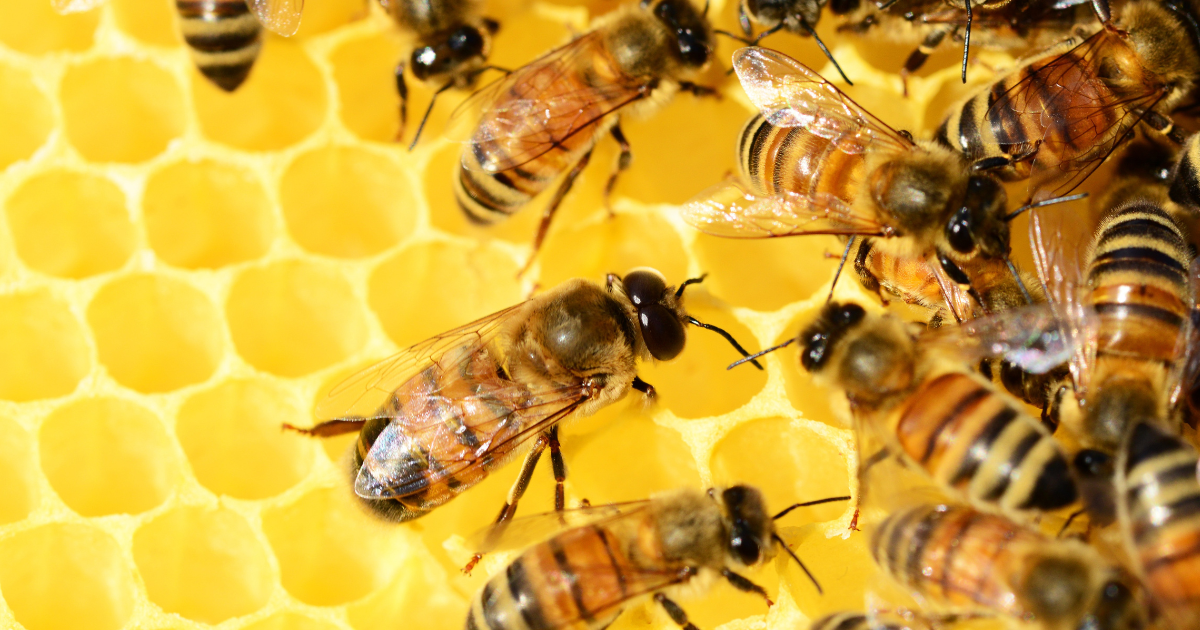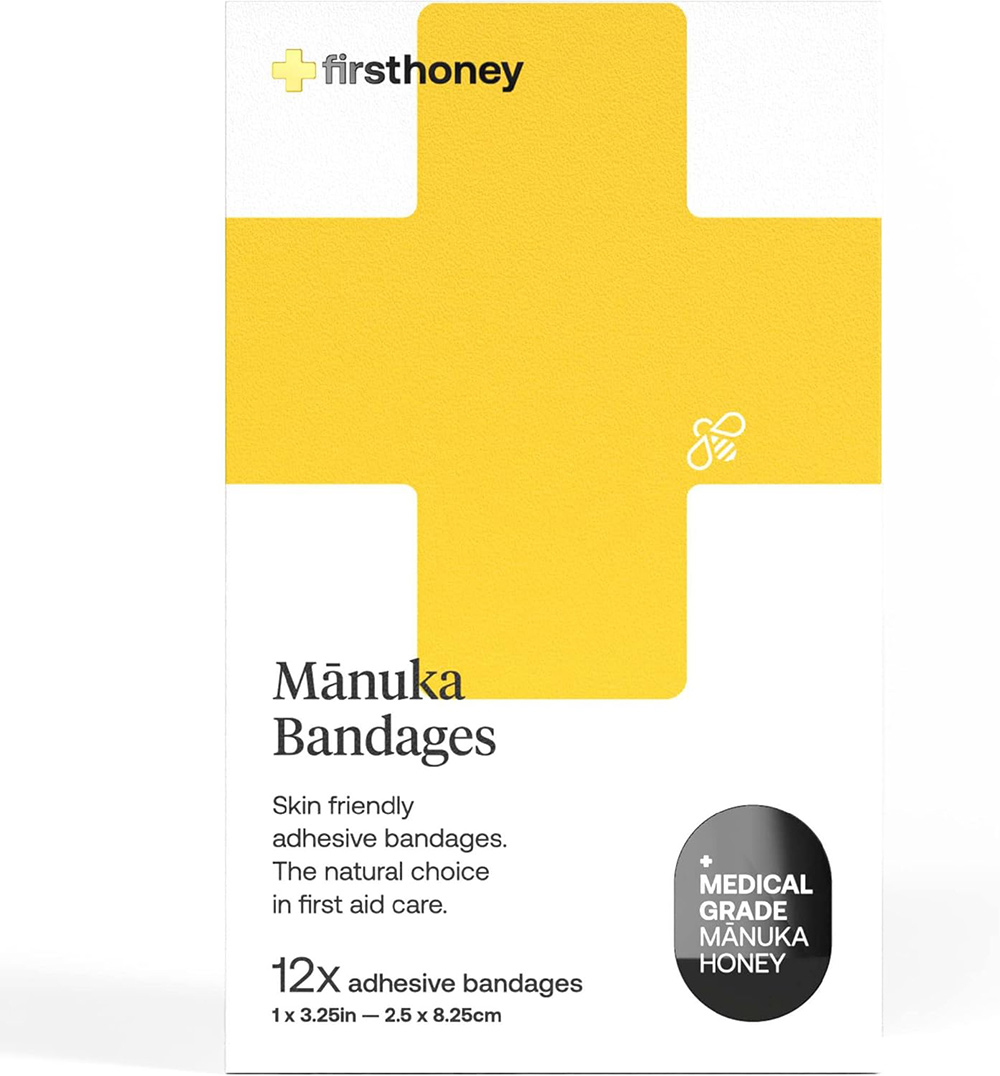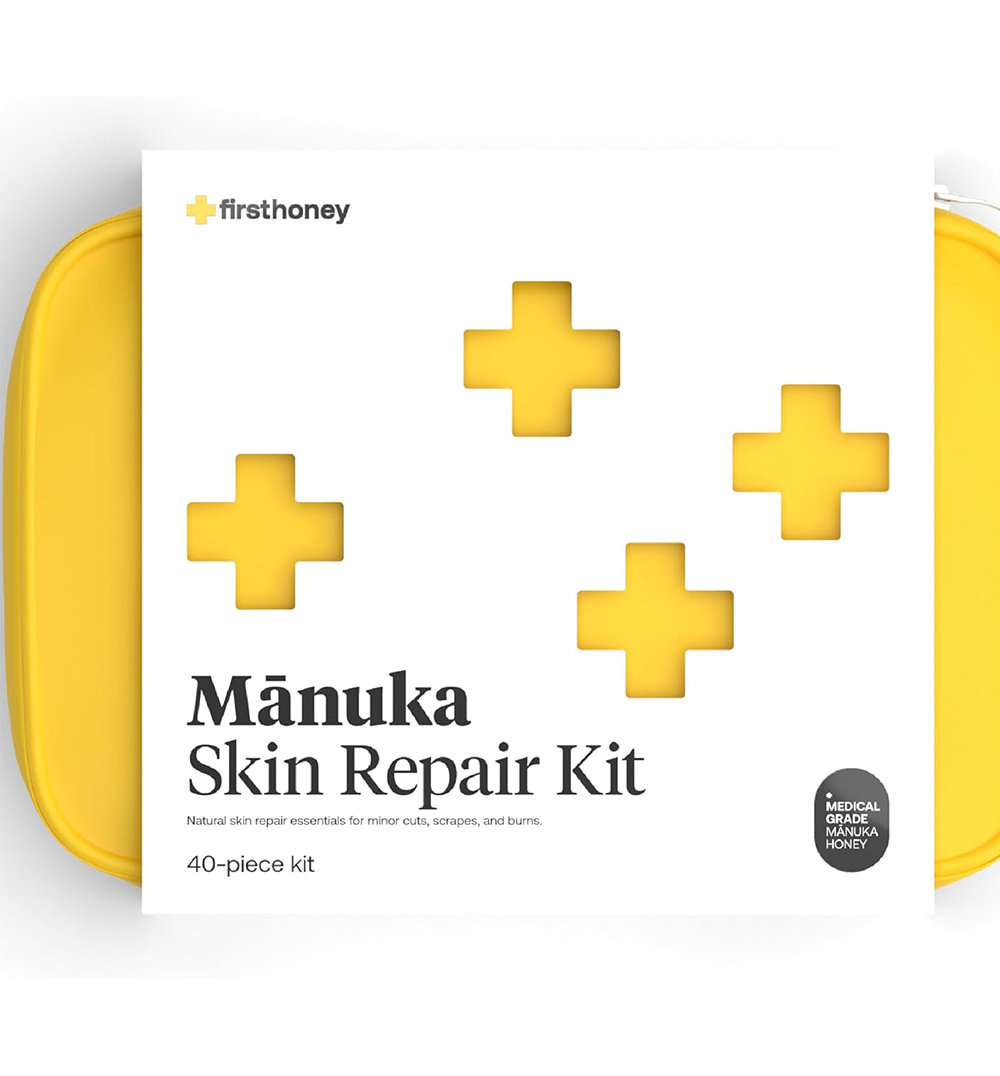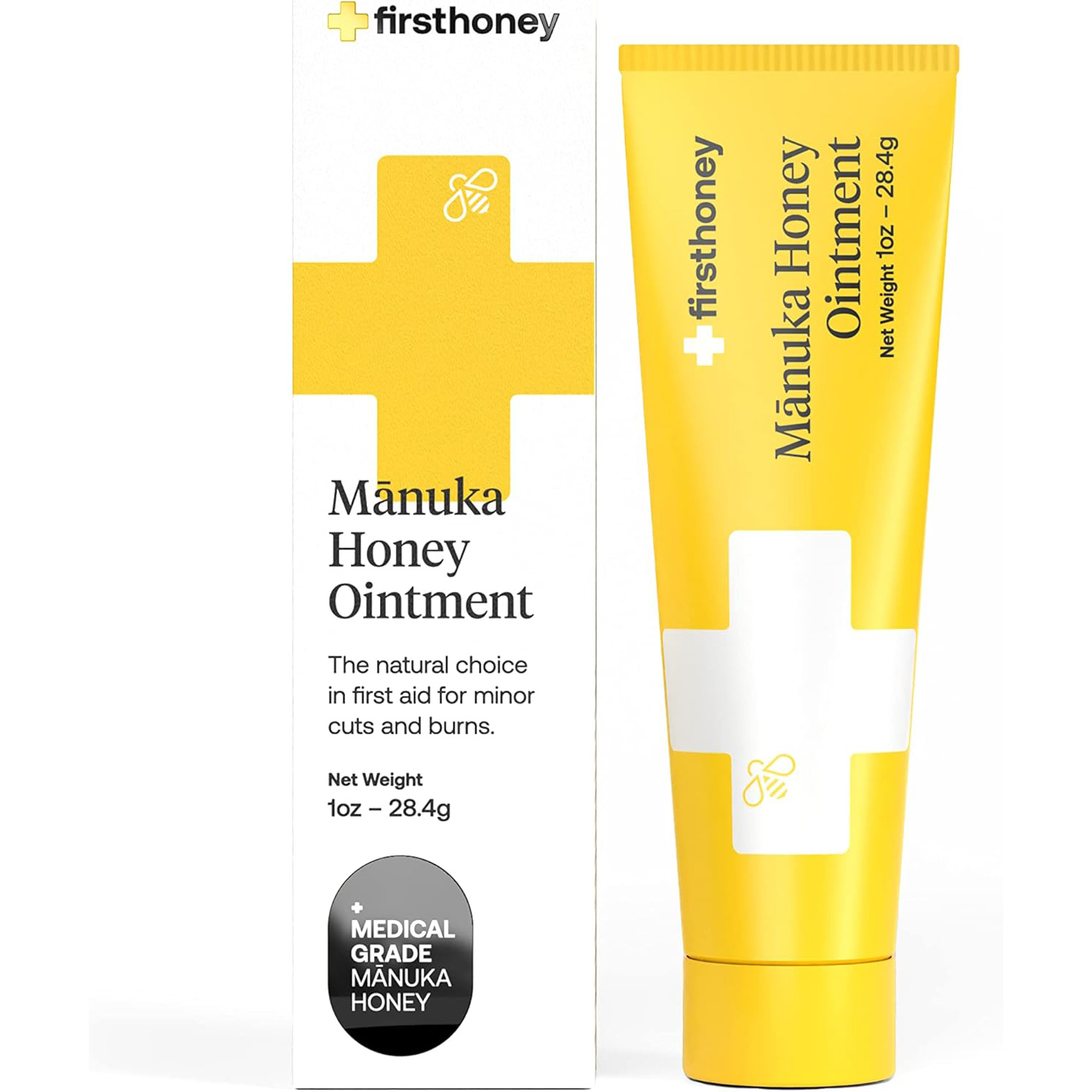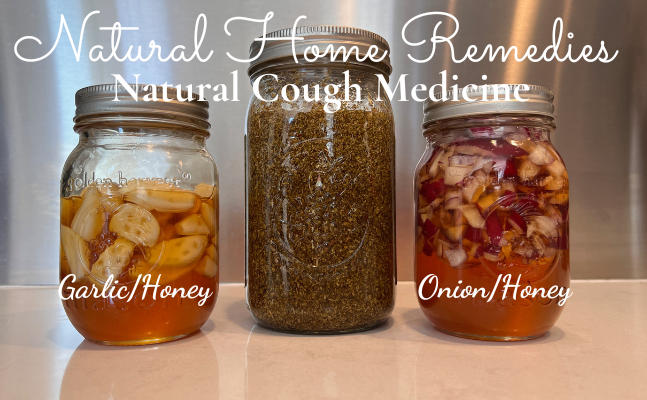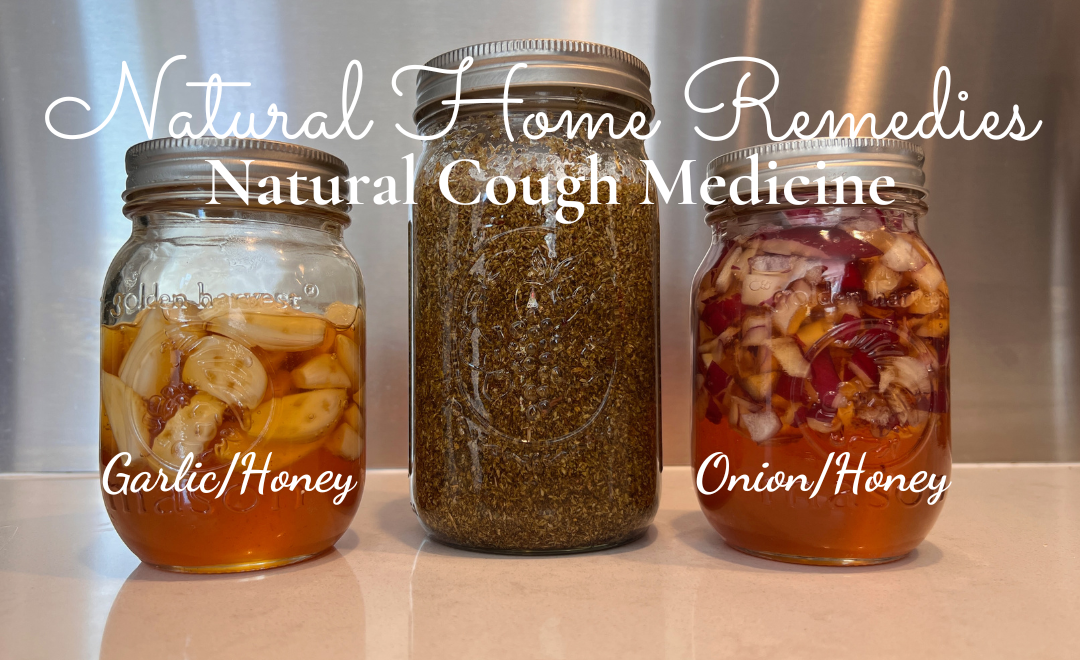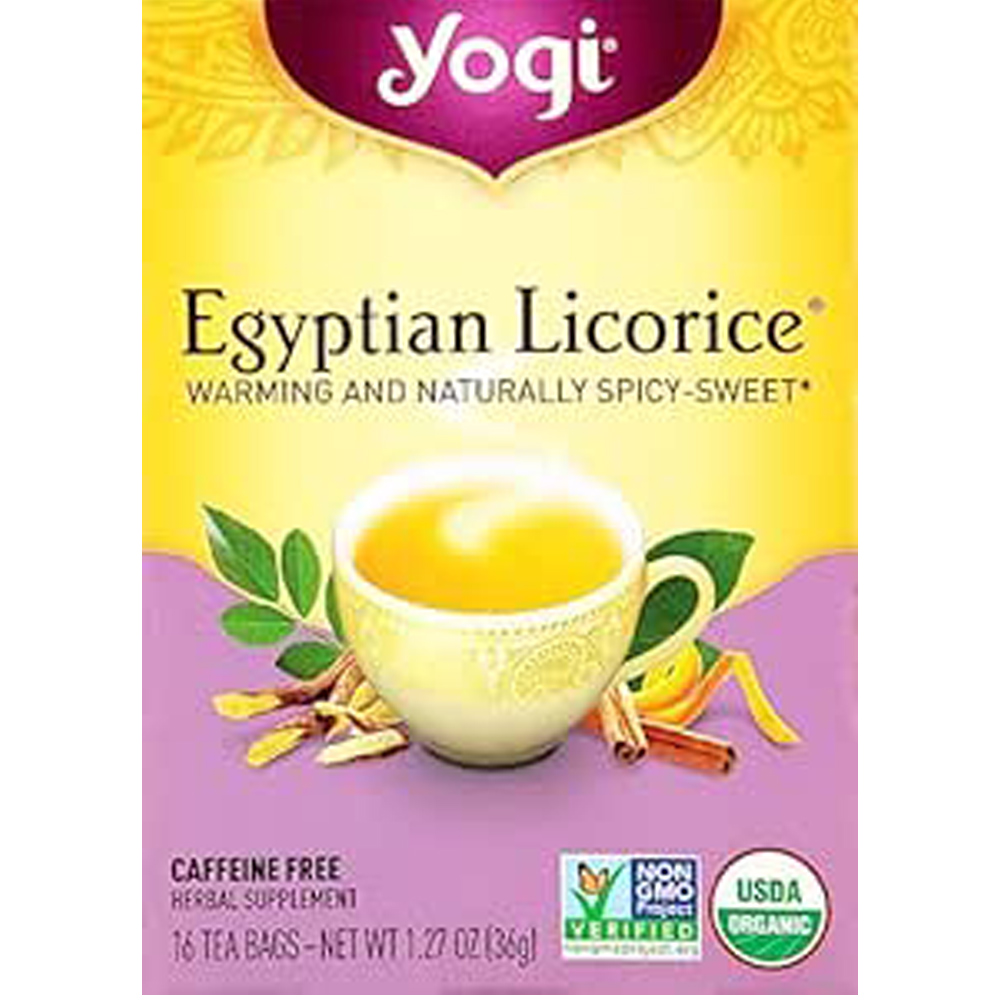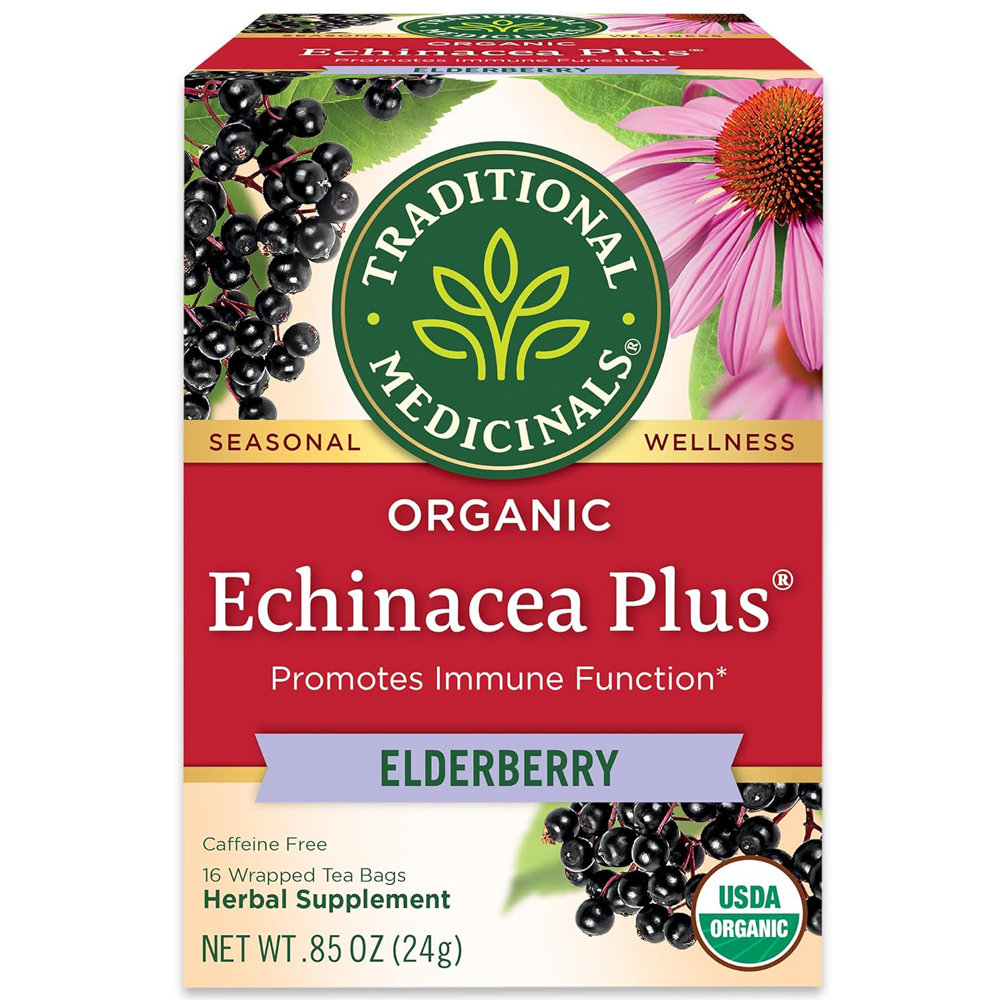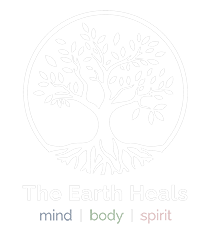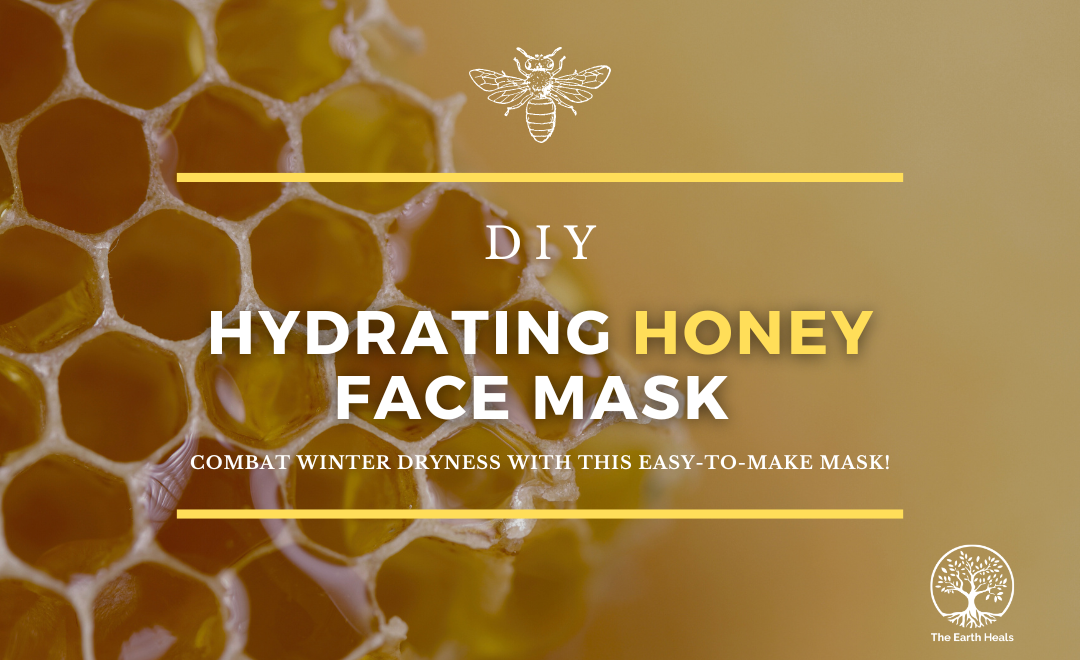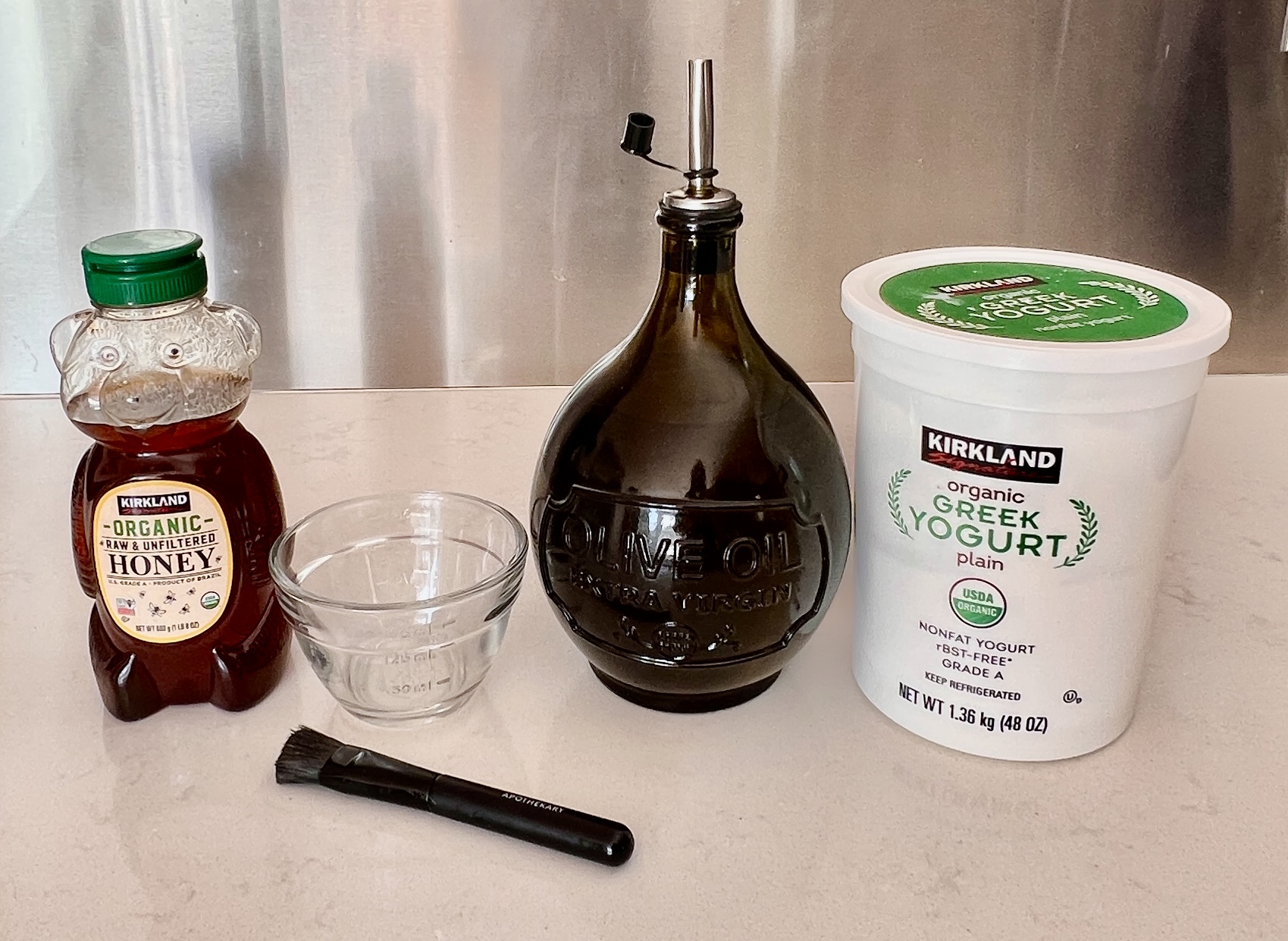
Dark Chocolate Benefits
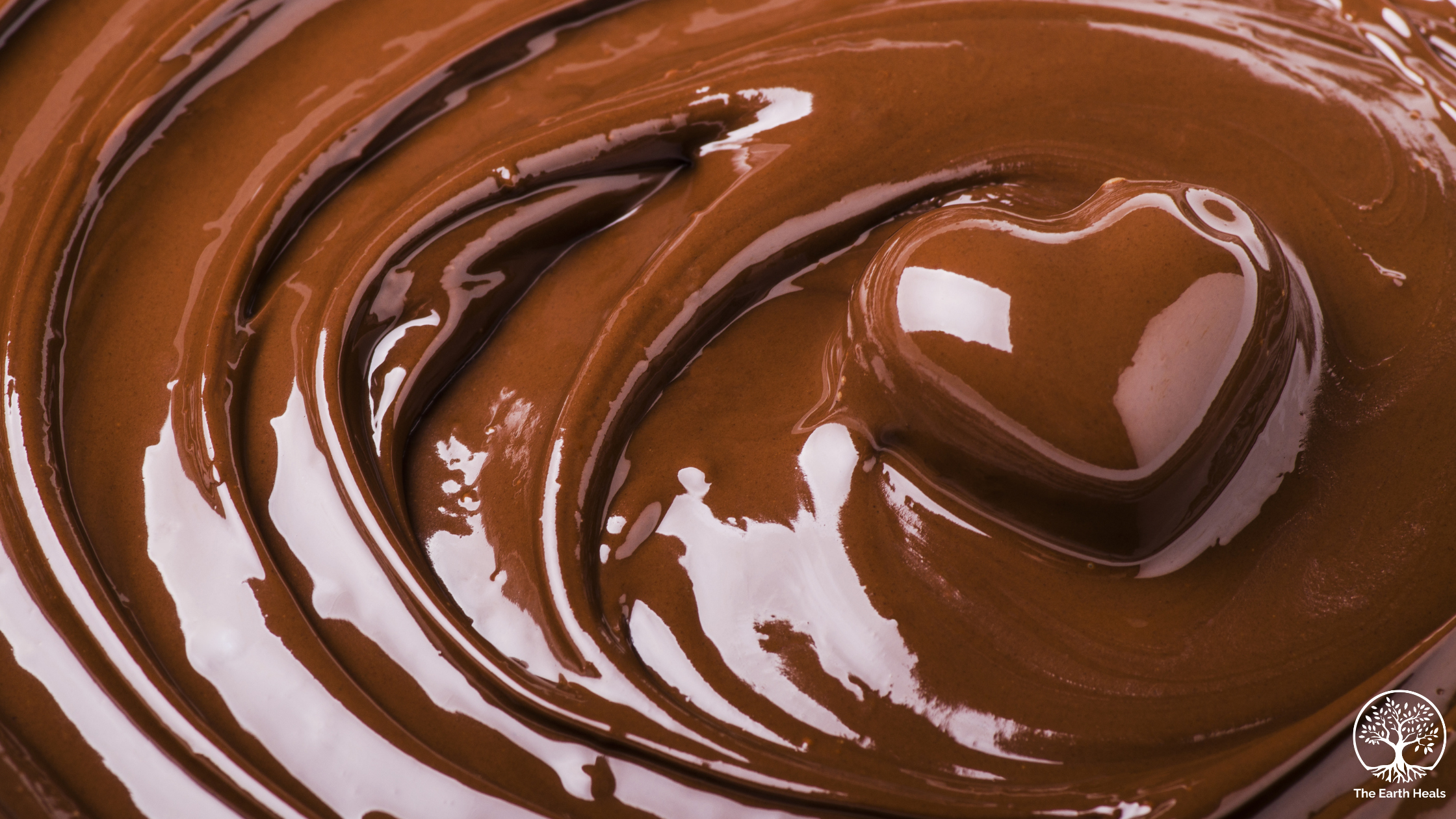
Dark Chocolate Benefits
Valentine’s Day is the perfect time to enjoy chocolate, but what if we told you that dark chocolate health benefits make it more than just a sweet treat? From boosting heart health to enhancing brain function, dark chocolate is a superfoodpacked with antioxidants, minerals, and mood-boosting compounds.
In this blog, we’ll explore the benefits of eating dark chocolate, how it supports both men and women, and delicious Valentine’s Day recipes that let you indulge while staying healthy. Plus, we’ll recommend high-quality dark chocolatebrands for the best results.
Why Dark Chocolate Is Good for You
Before we dive into the recipe, let’s break down the incredible advantages of dark chocolate for your body and mind.
1. Heart Health: Love Your Heart
One of the top dark chocolate health benefits is its positive effect on your cardiovascular system. Thanks to its high flavonoid content, dark chocolate:
✅ Improves circulation and reduces blood pressure
✅ Lowers LDL (bad) cholesterol and increases HDL (good) cholesterol
✅ Reduces inflammation, lowering the risk of heart disease
This makes dark chocolate an excellent choice for a heart-healthy Valentine’s Day treat!
2. Brain Boost: Sharpen Focus & Reduce Stress ?
Did you know that chocolate can improve your brain function? The benefits of eating dark chocolate include:
✨ Enhanced memory & concentration (thanks to flavonoids and caffeine)
✨ Increased serotonin & dopamine, improving mood
✨ Reduced stress & anxiety, making it a natural mood booster
3. Benefits of Dark Chocolate for Men ?
For men, dark chocolate isn’t just a tasty snack—it supports overall wellness, including:
? Boosting testosterone naturally with zinc and magnesium
? Improving circulation, which benefits muscle recovery and endurance
? Enhancing performance & energy
Adding dark chocolate to your diet can be a simple way to support your active lifestyle.
4. Benefits of Dark Chocolate for Women ✨
Women can enjoy even more advantages of dark chocolate, such as:
? Glowing skin – Antioxidants fight free radicals and protect against aging
? PMS relief – Magnesium helps reduce cramps and mood swings
? Gut health – Prebiotic fiber supports digestion and immunity
With so many dark chocolate health benefits, why not enjoy it in delicious homemade recipes? Let’s dive in!
Featured Valentine’s Day Dark Chocolate Recipe
A romantic classic, packed with antioxidants and natural sweetness!
Ingredients:
1 cup high-quality dark chocolate (70% cocoa or higher) You can find this at your local grocery store or order below!
1 tbsp coconut oil (for smooth melting)
12 fresh strawberries
Optional: chopped nuts, shredded coconut, or freeze-dried strawberries
Instructions:
Melt dark chocolate and coconut oil using a double boiler. Stir until smooth.
Dip each strawberry into the chocolate, allowing excess to drip off.
Place on parchment paper, add toppings, and let set in the fridge for 15 minutes.
Enjoy with your Valentine! ❤️
Why it’s great: Combines the advantages of dark chocolate with vitamin C-rich strawberries for a heart-healthy dessert!
Best High-Quality Dark Chocolate for Baking & Dipping
Join Our Facebook Group
Disclaimer: We are an affiliate of many companies, which means that we may receive a commission if you click on our affiliate link and make a purchase. However, this does not affect our reviews and comparisons. We strive to provide honest opinions and recommendations based on our own experiences and research. Any product claim, statistic, quote, or other representation about a product or service should be verified with the manufacturer, provider, or party in question.

